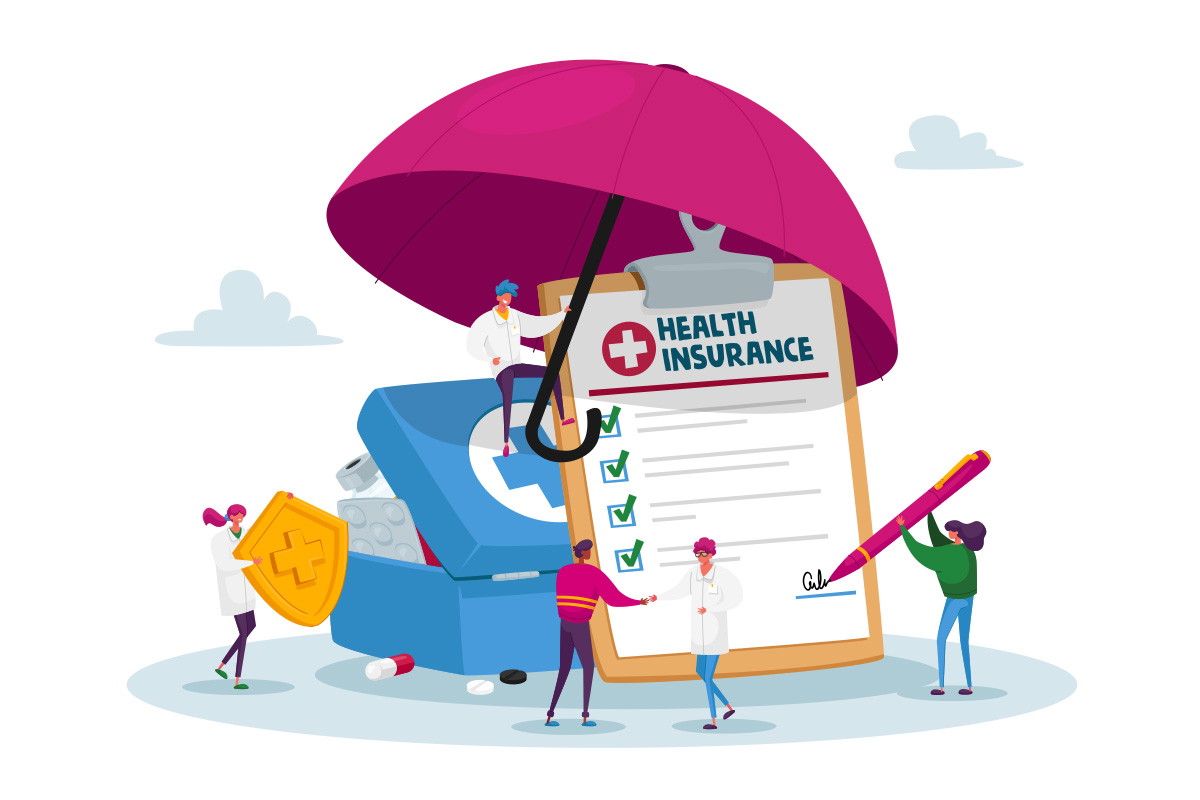Auto insurance is a critical element in vehicle ownership, offering financial protection in the event of accidents, theft, or damage. With various policy options and terms, understanding auto insurance can help you make informed choices and ensure you have the coverage you need. Here’s a comprehensive guide to help you navigate the world of auto insurance.
What is Auto Insurance?
Auto insurance is a contract between a vehicle owner and an insurance company. In exchange for regular premium payments, the insurer provides coverage for various risks associated with owning and operating a vehicle. This includes protection against financial loss resulting from accidents, property damage, theft, and liability claims.
Types of Auto Insurance Coverage
1. Liability Insurance: This is the most basic form of auto insurance and is often required by law. It covers damages and injuries that you may cause to others in an accident. Liability insurance typically includes:
– Bodily Injury Liability: Covers medical expenses, lost wages, and legal fees for injuries you cause to others.
– Property Damage Liability: Covers the cost of repairing or replacing property you damage, such as other vehicles or structures.
2. Collision Coverage: This type of coverage pays for damages to your own vehicle resulting from a collision, regardless of who is at fault. It includes repair costs or the replacement value of your car if it’s totaled.
3. Comprehensive Coverage: Comprehensive insurance covers damages to your vehicle caused by non-collision events, such as theft, vandalism, natural disasters, and animal strikes. It also includes repair or replacement costs for your car.
4. Personal Injury Protection (PIP): PIP insurance, also known as no-fault insurance, covers medical expenses for you and your passengers, regardless of who is at fault in an accident. It can also cover lost wages and other related expenses.
5. Uninsured/Underinsured Motorist Coverage: This coverage protects you if you’re involved in an accident with a driver who does not have sufficient insurance or is uninsured. It helps cover medical expenses and property damage.
6. Medical Payments Coverage (MedPay): MedPay covers medical expenses for you and your passengers after an accident, regardless of fault. It is similar to PIP but typically has a lower coverage limit.
Factors Affecting Auto Insurance Premiums
Several factors influence the cost of your auto insurance premiums:
1. Driving Record: A history of traffic violations or accidents can increase your premiums. A clean driving record, on the other hand, may help you secure lower rates.
2. Vehicle Type: The make, model, and age of your vehicle affect your premiums. Newer or high-value cars often cost more to insure due to higher repair and replacement costs.
3. Location: Where you live impacts your insurance rates. Urban areas with higher traffic and crime rates generally result in higher premiums compared to rural areas.
4. Age and Gender: Younger drivers, especially males, typically face higher insurance rates due to higher accident risk. Rates may decrease with age and experience.
5. Coverage Limits and Deductibles: Higher coverage limits and lower deductibles increase your premiums, while lower coverage limits and higher deductibles can reduce costs.
6. Credit Score: In many states, insurance companies use credit scores to determine premiums. A higher credit score can result in lower rates, while a lower score may lead to higher costs.
Choosing the Right Auto Insurance Policy
Selecting the right auto insurance policy involves assessing your needs and comparing options. Here are some tips to help you choose the best coverage:
1. Evaluate Your Needs: Consider factors such as your driving habits, the value of your vehicle, and your financial situation. Determine the level of coverage that suits your needs and budget.
2. Compare Quotes: Obtain quotes from multiple insurance providers to compare rates and coverage options. Use online tools and speak with insurance agents to get a comprehensive view.
3. Check for Discounts: Many insurers offer discounts for various reasons, such as safe driving, bundling policies, or having anti-theft devices installed in your vehicle. Inquire about available discounts to reduce your premiums.
4. Review Policy Details: Carefully read the terms and conditions of each policy, including coverage limits, exclusions, and deductibles. Ensure you understand what is covered and what is not.
5. Read Reviews and Ratings: Research the reputation of insurance companies by reading customer reviews and checking financial ratings. Choose a provider with a track record of good customer service and reliability.
The Importance of Auto Insurance
Auto insurance is not just a legal requirement; it is a vital financial safeguard that protects you from unexpected expenses. In the event of an accident, having adequate coverage ensures that you are not left with significant financial burdens. It also provides peace of mind, knowing that you have support in case of unforeseen circumstances.
In summary, understanding auto insurance and selecting the right policy is essential for vehicle owners. By evaluating your needs, comparing options, and considering all factors, you can make informed decisions that offer the best protection and value.






